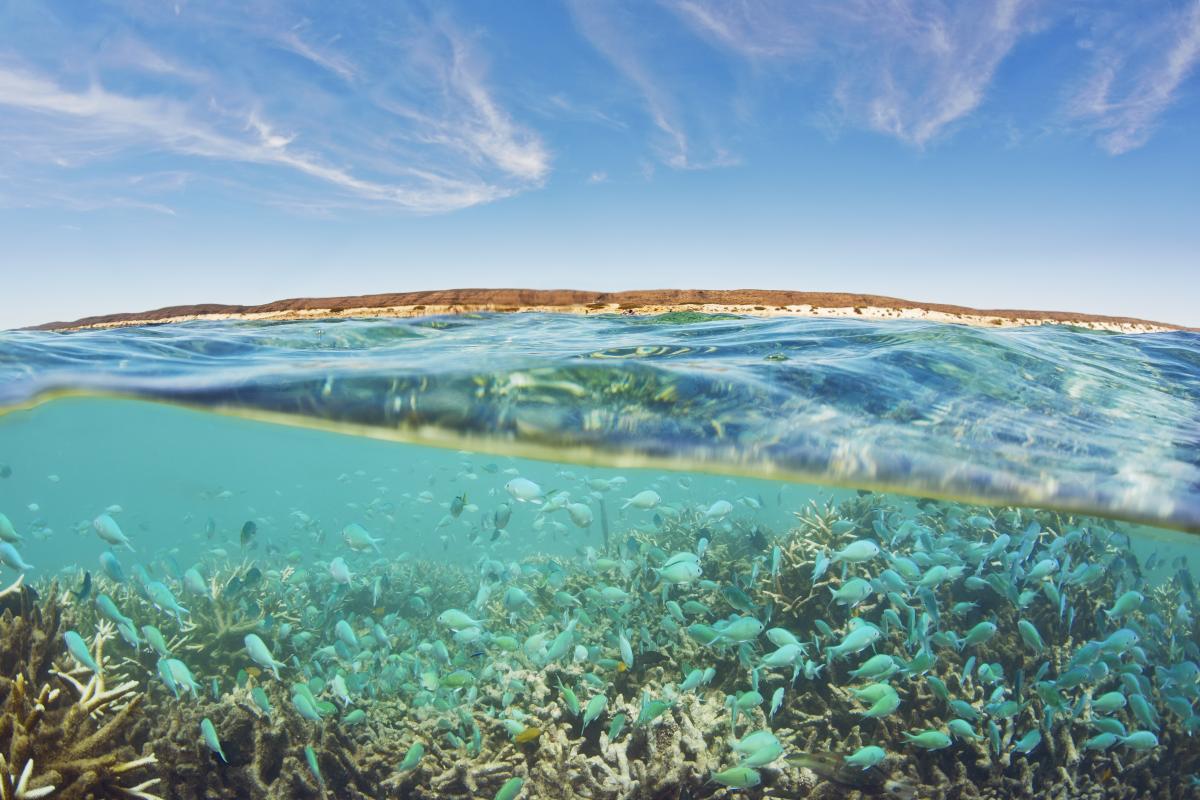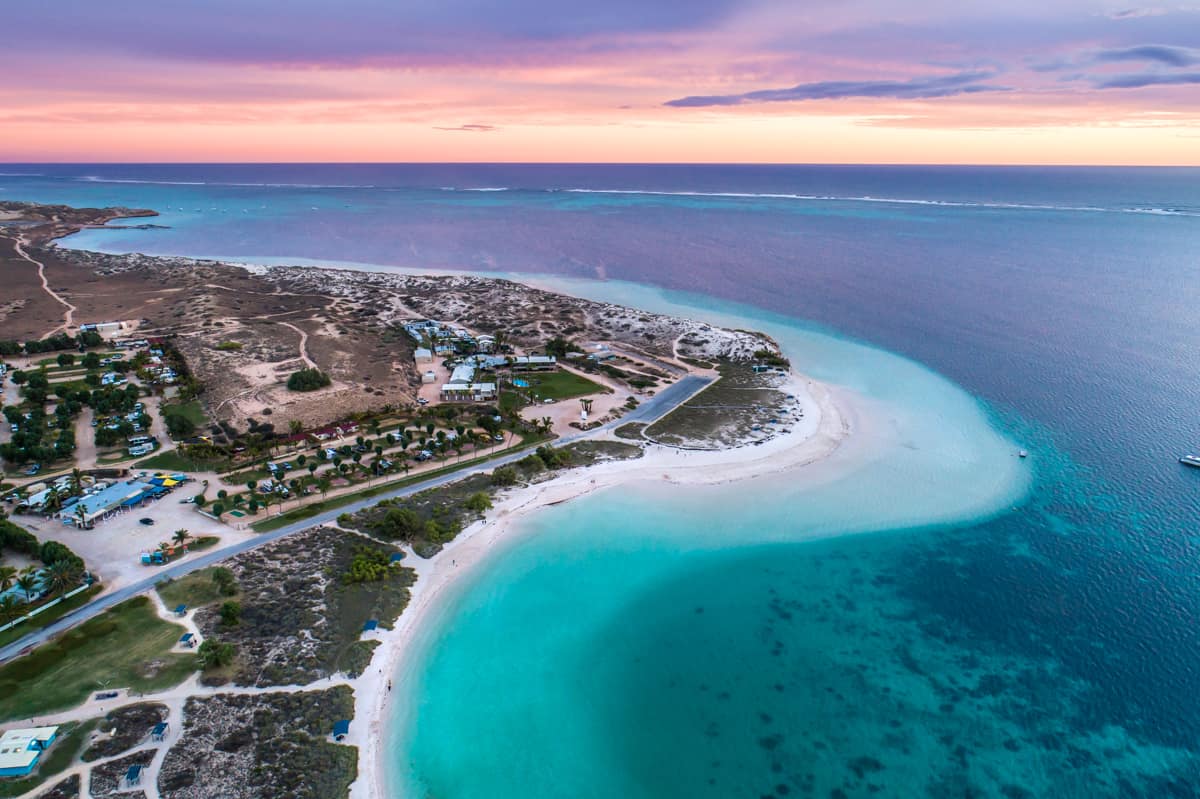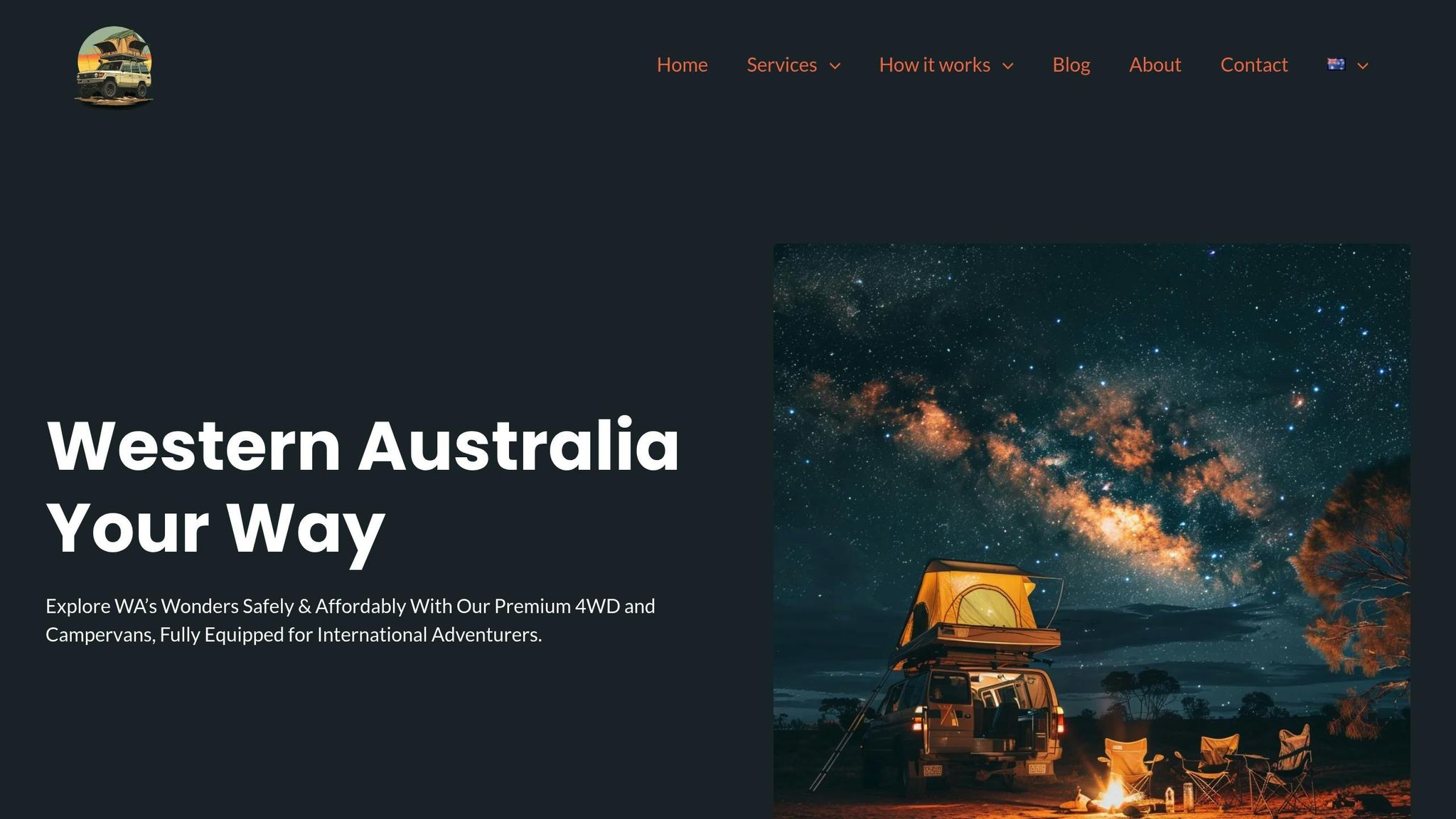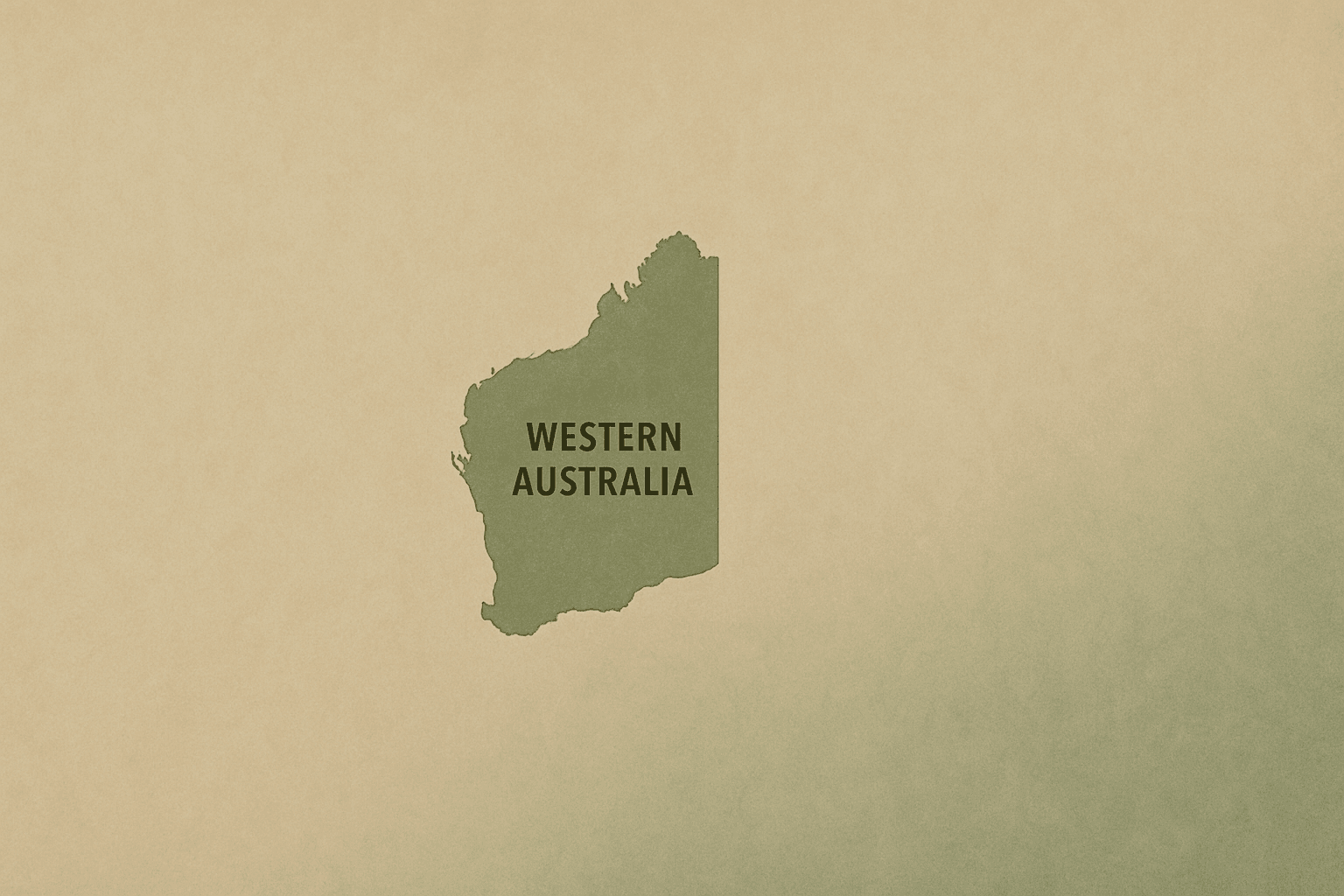Last Updated on June 9, 2025
Snorkelling Ningaloo Reef? Here’s what you need to know:
- Best Time to Visit: March–August is peak season for whale sharks.
- Top Spots: Turquoise Bay (drift snorkelling), Oyster Stacks (coral viewing), Lakeside (protected snorkelling), Coral Bay (family-friendly), Five Fingers Reef (marine diversity).
- Wildlife Highlights: Swim with whale sharks (March–August), see turtles, reef sharks, rays, and vibrant coral gardens year-round.
- Safety Tips: Check tides, avoid strong currents, use reef-safe sunscreen, and respect marine life.
- Camping Options: Stay near snorkelling spots at Cape Range National Park or Coral Bay.
Quick Comparison of Snorkelling Spots:
| Location | Length | Depth Range | Best For |
|---|---|---|---|
| Turquoise Bay | 1.0 km | 1–5 m | Drift snorkelling |
| Oyster Stacks | 1.0 km | 1–3 m | Coral viewing |
| Lakeside | 700 m | 1–5 m | Protected snorkelling |
| Five Fingers Reef | 1.1 km | 1–3 m | Marine life diversity |
Plan your trip early, pack the right gear, and dive into one of Australia’s most stunning underwater worlds.
Ningaloo Reef’s BEST Snorkel Spots! Exmouth Snorkelling …
5 Best Snorkelling Locations
Ningaloo Reef is home to some incredible snorkelling spots, each offering its own unique underwater adventure. Here’s a closer look at the highlights of these locations.
 Source: Secrete Travel Guide
Source: Secrete Travel Guide
Turquoise Bay
This spot features a 1-kilometre drift snorkel through crystal-clear waters, making it accessible for all skill levels. The coral gardens gently slope, providing a home to green sea turtles, reef sharks (both black tip and white tip), octopuses, small eels, and vibrant schools of reef fish. Make sure to exit the water before the sandy point to avoid encountering strong currents.
Oyster Stacks
Known for its plate corals and oyster-covered rocks, this area stretches for about 1 kilometre. For the best experience, visit during high or medium tides. The shallow reef allows for excellent visibility and close encounters with an array of marine life.

Lakeside
Situated behind the Milyering Visitor Centre, Lakeside features a 700-metre snorkelling stretch. Buoys mark the best spots for viewing coral and fish while helping snorkellers stay clear of stronger currents. This location is a great choice for exploring impressive coral formations and diverse marine species.
Coral Bay
Coral Bay is ideal for families and beginners, thanks to its calm, protected waters and excellent visibility. The gentle entry points and shallow depths make it easy for children and first-timers to discover the vibrant marine life just off the shore.
Five Fingers Reef
Located north of Coral Bay, this 1.1-kilometre rocky reef is a haven for marine diversity. Its natural reef structures provide shelter for tropical fish, giant clams, stingrays, and sea stars, all surrounded by stunning coral formations.
Access requires driving on a sandy track, so be prepared to lower tyre pressure and navigate soft sand near the parking area.
| Location | Length | Depth Range | Best For |
|---|---|---|---|
| Turquoise Bay | 1.0 km | 1–5 m | Drift snorkelling |
| Oyster Stacks | 1.0 km | 1–3 m | Coral viewing |
| Lakeside | 700 m | 1–5 m | Protected snorkelling |
| Five Fingers Reef | 1.1 km | 1–3 m | Marine life diversity |

Wildlife You’ll See
Ningaloo Reef’s crystal-clear waters are perfect for getting up close with a wide range of marine life. This thriving ecosystem is home to an array of species all year round.
Whale Shark Season
Between March and August, Ningaloo Reef becomes the go-to spot for whale shark sightings. These gentle giants migrate through the area, offering snorkellers an extraordinary chance to swim alongside them.
This period is the prime time for such encounters. But even beyond whale sharks, the reef remains full of life, with its permanent residents always on display.

Year-Round Wildlife
No matter when you visit, Ningaloo Reef’s regular inhabitants ensure there’s always something to see:
- Turtles: Green sea turtles and hawksbill turtles are common, with Osprey Bay being home to around eight resident turtles.
- Reef Sharks: These sharks can often be seen cruising the shallows, especially near Turquoise Bay.
- Rays: Blue-spotted stingrays are a frequent sight, gliding gracefully over sandy areas across the reef.
These encounters provide a fantastic opportunity to explore the reef’s vibrant underwater world.
Coral and Fish Species
| Location | Common Marine Life |
|---|---|
| South Lefroy | Wobbegongs, octopuses, clownfish, damselfish, scorpionfish, Moray eels |
| Turquoise Bay | Parrotfish, triggerfish, gropers, and large schools of reef fish |
| Five Fingers Reef | Giant clams, sea stars, tropical fish, and octopuses |
The reef’s stunning coral gardens are teeming with life and are easily accessible with just a short swim from the shore. This makes Ningaloo Reef one of Australia’s most inviting spots for snorkelling.
sbb-itb-3fe747d
Safety Rules and Guidelines
Enjoying the underwater beauty of Ningaloo Reef requires careful planning and awareness of local conditions. These tips will help ensure a safe and enjoyable snorkelling experience.
Weather and Tide Checks
Each snorkelling spot at Ningaloo Reef has its own conditions to consider:
| Location | Tide Requirements | Current Conditions | Safety Notes |
|---|---|---|---|
| Oyster Stacks | High to medium tide only | Moderate currents | Best for experienced snorkellers |
| Turquoise Bay | Any tide | Strong drift currents | Exit before the sandy point |
| Lakeside | Any tide | Stay within buoys | Watch for rips |
| South Lefroy | Any tide | Strong drift currents | Suitable for confident swimmers |
| Five Fingers | Any tide | Gentle currents | Be cautious of soft sand |
Check local weather forecasts and tide charts before heading out. Areas with strong drift currents require extra caution.
Once you’ve reviewed conditions, protect your skin with reef-safe products before entering the water.
Coral-Safe Sunscreen
Caring for your skin and the reef begins with using reef-safe sunscreen. Avoid products containing harmful chemicals like oxybenzone and octinoxate. Apply sunscreen at least 20 minutes before swimming to allow it to absorb properly.
For added protection, wear a rashie or wetsuit, a wide-brimmed hat, UV sunglasses, and reef boots. These not only shield your skin but also help minimise your impact on the reef.
Wildlife Distance Rules
When snorkelling, follow these simple practices to protect yourself and the marine environment:
- Avoid touching or standing on coral – keep a respectful distance.
- Control your fin movements to prevent accidental contact.
- Stick to marked buoy areas at Lakeside to stay clear of strong currents.
During jellyfish season at Oyster Stacks, wearing a wetsuit can provide extra protection. At Five Fingers, watch your step, as soft sand may conceal marine life.
Where to Camp
Take your reef adventure to the next level by staying at campsites conveniently located near Ningaloo’s best snorkelling spots.
Camping near these locations provides the perfect blend of comfort and easy access to the reef.
Cape Range National Park Sites
Cape Range National Park offers several camping spots with direct beach access, ideal for snorkelling enthusiasts. Here are a few options:
| Campground | Distance to Snorkelling | Accessibility | Facilities |
|---|---|---|---|
| Osprey Bay | Beachfront access | 2WD accessible | Basic amenities; no showers |
| Kurrajong | Steps from the water | 2WD accessible | Basic amenities; family-friendly |
| Lakeside | 200m to reef | 2WD accessible | Basic amenities; includes picnic tables |
Bookings can be made through the Parks and Wildlife Service, especially during the popular months of April to October. Remember to bring your own water supply.
Coral Bay Accommodation
Bayview Coral Bay is just 283 metres from Ningaloo Reef, offering easy access to snorkelling and a range of facilities, including:
- Powered and unpowered sites
- Hot showers and modern amenities
- Camp kitchen with BBQs
- Swimming pool and playground for kids
- Laundry facilities

For a more secluded experience, consider 14 Mile Beach at Warroora Station. Located 32.5 kilometres from the reef, it offers basic camping with breathtaking coastal views and excellent snorkelling access.
OffGrid Campers WA Rentals

For those who prefer flexibility, self-contained camping is a great option. OffGrid Campers WA provides vehicles equipped with everything you need for a comfortable visit of this area:
- Solar power for longer trips
- High-capacity fridges for food storage
- Fresh water tanks
- Fully equipped camp kitchens
- Rooftop tents with comfortable mattresses
- Starlink internet for checking weather and tide updates
These vehicles are perfect for exploring snorkelling spots near Cape Range National Park and Coral Bay, offering all the essentials for a stress-free, extended stay.
Before you dive into the water, make sure you’re fully prepared with the right gear to enjoy your snorkelling adventure to the fullest.
Disclaimer: Some parts of the Nyinggulu coastal reserve are off limit as they require beach driving experience!
Required Equipment
Basic Snorkel Gear
Having the right snorkel gear is crucial for safety and a great underwater experience at Ningaloo Reef. Here’s what you need:
| Essential Gear | Key Features | Usage Tips |
|---|---|---|
| Snorkel Mask | Anti-fog coating, silicone skirt | Test the fit by inhaling gently to ensure no leakage |
| Snorkel | Dry-top valve, purge valve | Keep the mouthpiece clean for comfort |
| Fins | Full-foot or adjustable heel | Ideal for drift snorkelling areas like South Lefroy |
Make sure your mask forms a proper seal by gently inhaling. It should stay in place without leaking.
Don’t forget, staying safe under the Western Australian sun is just as important as having the right snorkelling gear.
Sun Protection
The sun in Western Australia can be intense, so proper protection is a must:
| Protection Type | Recommended Items | Important Features |
|---|---|---|
| Body Coverage | Rashie or wetsuit | Look for UPF 50+ for maximum coverage |
| Head Protection | Wide-brim hat | Use a chin strap to keep it secure in windy weather |
| Skin Protection | Reef-safe sunscreen | Choose SPF 30+ and apply 20 minutes before entering the water |
Using reef-safe sunscreen helps protect marine life. Reapply every two hours for consistent protection.
Photography Equipment
Want to capture the beauty of Ningaloo Reef? Bring along the right camera gear:
| Equipment Type | Specifications | Best Use |
|---|---|---|
| Action Camera | Waterproof up to 10m | Perfect for general reef shots |
| Housing Case | Depth rated to 30m | Protects DSLR cameras |
| Red Filter | Clip-on style | Restores colours below 5m depth |
For better underwater photos, adjust your camera settings:
- Shutter speed: At least 1/125
- ISO: 400 or lower for bright conditions
- White balance: Set to underwater mode
With the right preparation, you’ll be ready to explore and document the wonders of Ningaloo Reef.
Conclusion
Here’s a quick rundown to help you make the most of your Ningaloo Reef snorkelling trip.
Key Highlights
Stretching along 250 km of Western Australia’s coastline, Ningaloo Reef offers easy access to stunning marine life. Between March and August, snorkellers can spot whale sharks, manta rays, tropical fish, dugongs, and turtles. Spring also brings the incredible coral spawning events.
The reef’s combination of vibrant marine ecosystems and snorkelling spots suitable for all skill levels makes it a must-visit destination.
Booking Information
To plan your trip, book your accommodations 3–6 months in advance and make sure you have a 4WD for accessing off-road locations.
| Planning Aspect | Recommendation | Important Details |
|---|---|---|
| Best Time | March – August | Ideal for spotting whale sharks |
| Book Accommodations | 3–6 months ahead | Crucial during peak season |
| Vehicle Needs | 4WD required | Necessary for off-road access |
For camping enthusiasts, OffGrid Campers WA offers vehicles equipped with solar power and water tanks, designed specifically for Western Australia’s rugged conditions.
Once you’ve sorted out your timing, gear, and travel arrangements, you’re all set to dive into the unforgettable underwater wonders of Ningaloo Reef.

